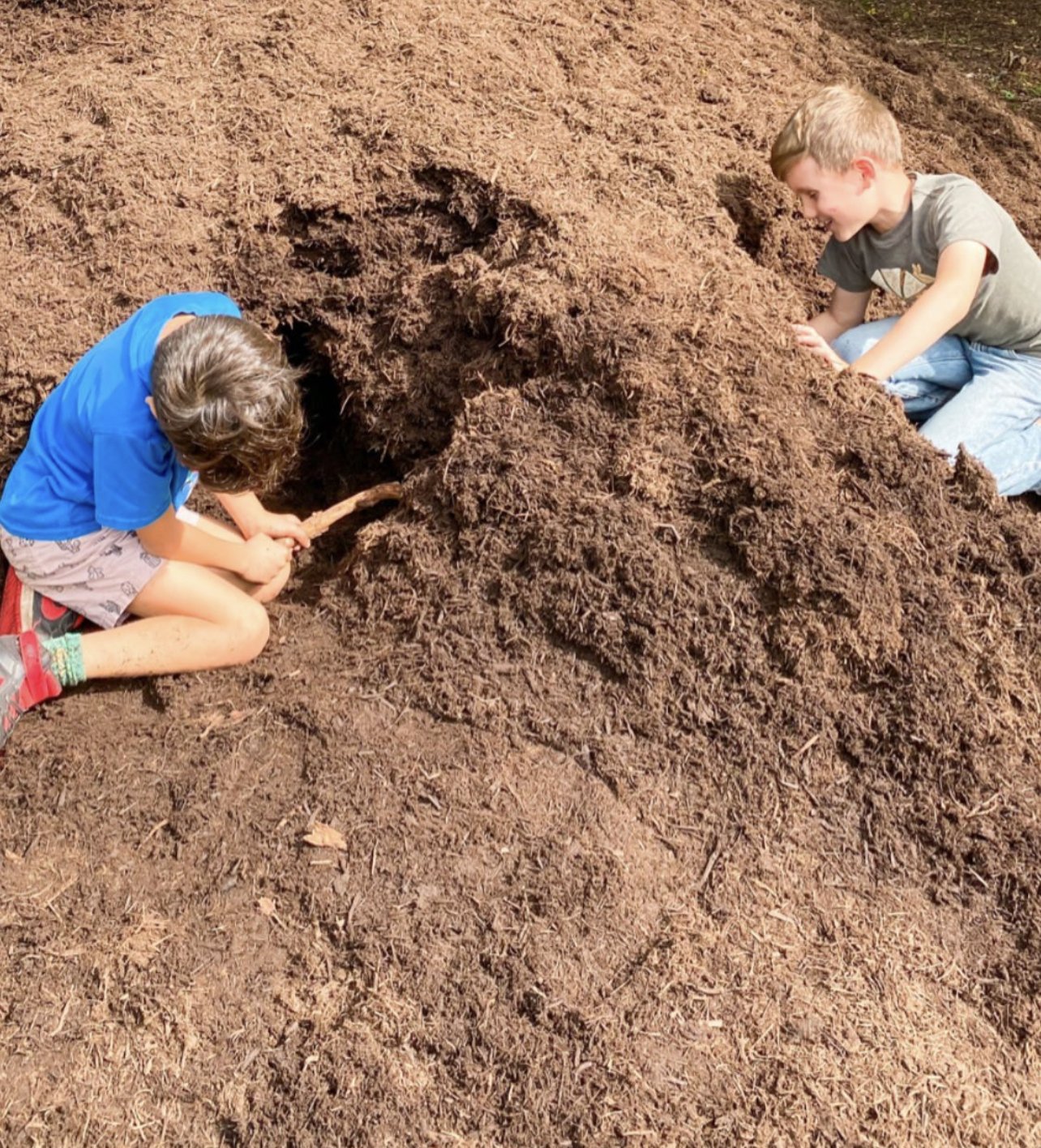What has to shift for a group of learners to become a learning community? What is different about a school for which this shift takes first priority?
Let’s step back a little bit to think about what each of these words means. As many educators and theorists have proposed, a useful way to think of learning is as the construction of knowledge. With what we already know in hand, we then build new structures that represent and contain new knowledge. When we learn in community, we do this work together.
Like “communication,” the word community is rooted in the idea of sharing; in community, individuals are not independent, but interdependent….
Read More










